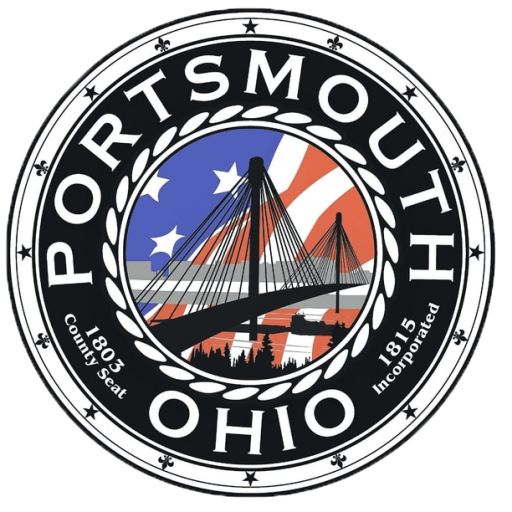The Ohio River Way. A River for All.
The Ohio River Way connects people and communities to opportunities for adventure on and along the Ohio River. We serve to provide information on river safety, help improve public access and infrastructure, and celebrate the unique beauty and culture of the Ohio River.
Ohio River Way WebsiteOUR VISION
Creating a trail for you.
THE DIGITAL GUIDE
Paddling and boating on the Ohio.
Unlike tributary waters, the Ohio River stage and velocity can be influenced by rain events that occur upstream, such as in eastern Ohio, West Virginia or Pennsylvania. Significant rain events in these parts of the 204,000 square mile watershed can significantly affect the Ohio River’s stage and velocity observed the length of the riverway. There are many websites that will provide river users with observed and predicted river conditions.
Water temperature and debris are two other components that cannot be overlooked when planning a paddling or boating adventure on the Ohio River. Water temperature data is available from the USGS Markland Dam or Louisville websites listed above. Unfortunately, there are no debris observation or reporting websites. Debris enters the Ohio River primarily from the tributaries and requires direct observation to assess. Debris accumulates on the upstream sides of the dams on the Ohio River and should be avoided at all costs. All river-borne debris should be given a wide birth and treated like icebergs: the danger lies in what is below the surface that you can’t see, not in what is above the surface that you can see!
Cycling along the Ohio.
Riders can at times move back and forth from the two lane roads on the south and north sides of the Ohio River using a number of bridges and ferries. Typically, there are more amenities on the north side.
Often, there is reasonable space for riders to share the road with drivers along the side of roadways. And at times there are wide berms.
A riding strategy, given riders typically choose to ride from fifty to a hundred miles a day, might be to note as nightly destinations the river towns of their choice along the way while targeting others for lunch and afternoon breaks.
The scenery along the way is diverse, usually calming green and occasionally urban. And there are back stories of Underground Railroad heroism, struggles between Native Americans and European settlers, and the impact of modern expansion and commercialism. Just one example is the change from a free flowing Ohio River to primitive wicket dams to modern dams creating a series of locks and pools.
Our MISSION is to help people find adventure, inspire care for the land and water, and boost the economies of vibrant Ohio River communities from Portsmouth, Ohio to West Point, Kentucky, by building partnerships that promote safe, healthy outdoor recreation; education; and tourism.
About Portsmouth Ohio River Town
RIVER MILE 355
Population: 18,252 | U.S. Census Profile
HISTORY
Located at the confluence of the Scioto and Ohio Rivers, the area around Portsmouth, Ohio was settled by humans as early as 100 BCE. These people, the Ohio Hopewell, built the Portsmouth Earthworks, a prominent complex of mounds, most of which is now covered by the modern town.

A Shawnee village was founded on the site in the mid-1700s, followed by people of European extraction in the 1790s after the American Revolution. Officially founded in 1803, the city of Portsmouth became an important point on the Underground Railroad in the years before the Civil War, despite state laws discouraging the settlement of Black people in the area. Industries tied to river traffic such as meat packing and shipping, and later steel and brick making and other manufacturing, led to Portsmouth becoming a major industrial town around the turn of the 20th Century. Population peaked in the early 1930s at around 40,000. Factory closures, labor outsourcing and movement to larger urban centers all contributed to an economic decline in the second half of the 20th century. Since then, the town has enjoyed reinvestment and redevelopment of industrial and downtown properties amid efforts to transform the economy.

2 km




